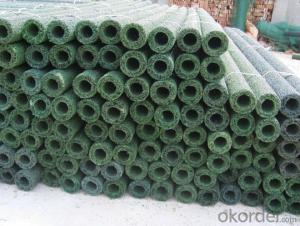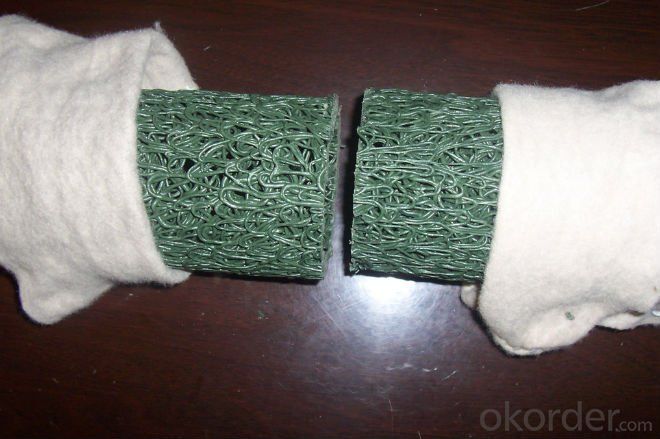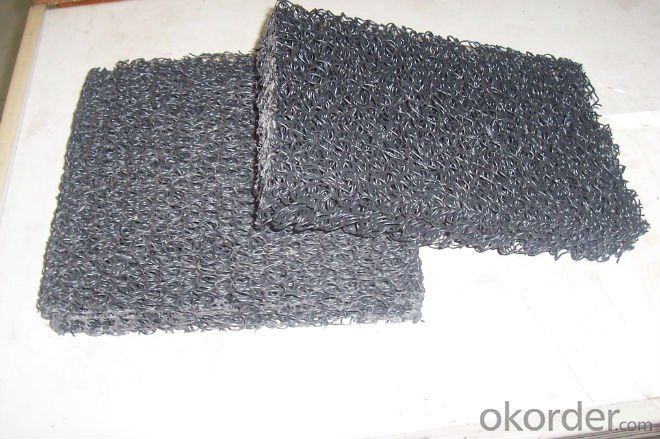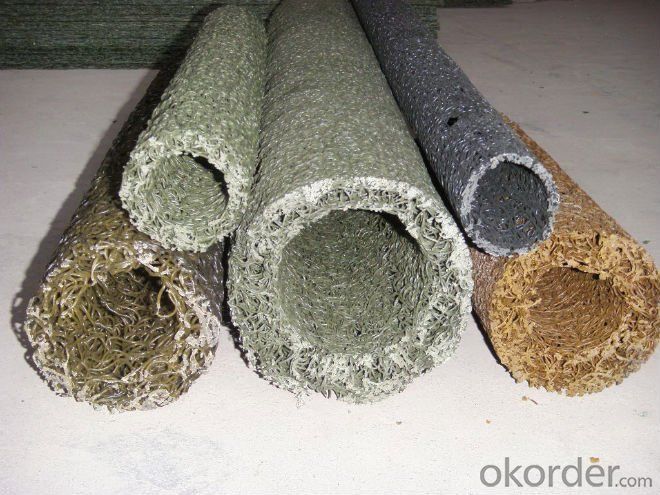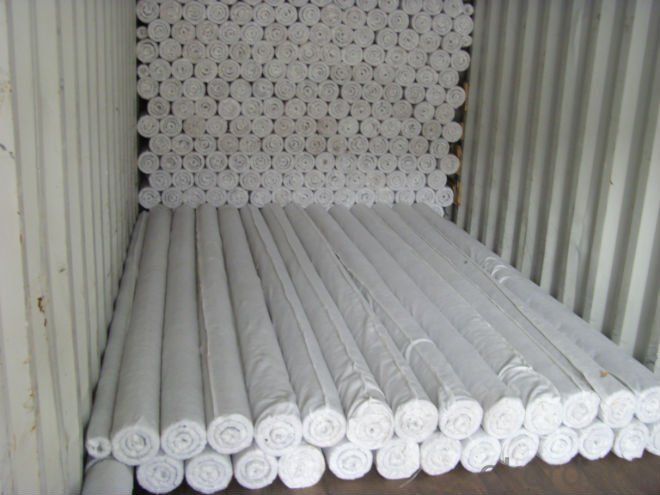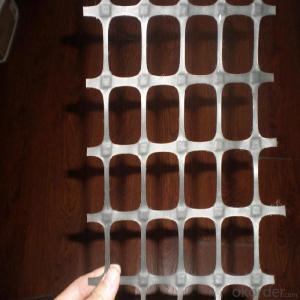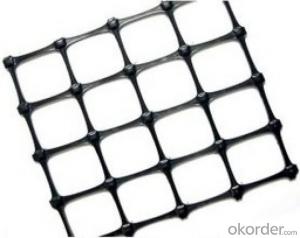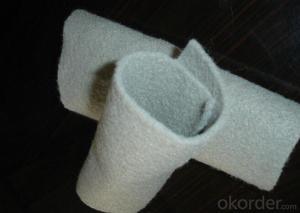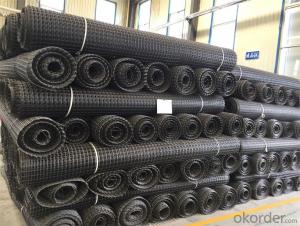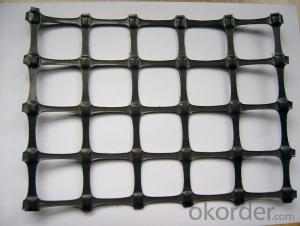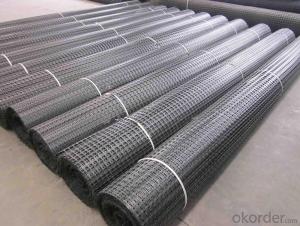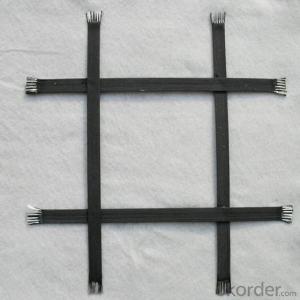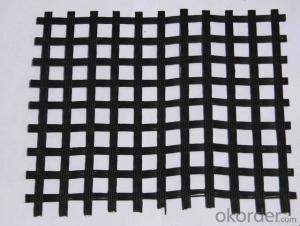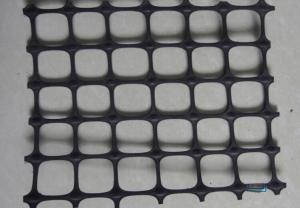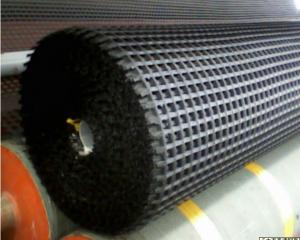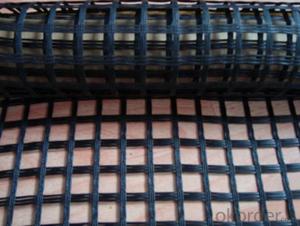Geogrids Fort Mcmurray Plastic Blind Drainage Pipe for Drainage
- Loading Port:
- Qingdao
- Payment Terms:
- TT OR LC
- Min Order Qty:
- 1000 m
- Supply Capability:
- 150000 m/month
OKorder Service Pledge
OKorder Financial Service
You Might Also Like
Specifications
it uses a hydropphilic cloth as filtering medium
high strength.Geocomposite Drian Pipe.
Geocomposite Drian Pipe
Geocomposite Drain Pipe
Geocomposite Drain Pipe is made of plastic core and outer filtering cloth. In the state of hot melting, it is formed into three-D network structure. It has two shapes: rectangle and round. This kind of pipe has some advantages: good drainage, high pressure resistance, light weight, so it is very popular in some projects.
Application of Geocomposite Drain Pipe:
1) Highway and roadway subgrade
2) Retaining wall
3) Landfill
4) Roof garden
5) Building foundation
6) Underground irrigation
Technical Data
Art No. | PLD0201 | PLD0202 | PLD0203 | PLD0204 | PLD0205 | PLD0206 | PLD0207 | PLD0208 | PLD0209 | |
Item | Square shape | Circular shape | ||||||||
Type | YA7030 | YA1435 | YA1550 | Y1235 | YB60 | YB80 | YB100 | YB150 | YB200 | |
Outer Size(mm)≥ | 70x30 | 140x35 | 150x50 | 120x35 | φ60 | φ80 | φ100 | φ150 | φ200 | |
Cannular Size≥ | 40x10 | 40x10x2 | 40x20x2 | 40x10x2 | φ25 | φ45 | φ55 | φ80 | φ120 | |
Weight≥ | 350 | 650 | 750 | 600 | 400 | 750 | 1000 | 1800 | 2900 | |
Gap rate≥ | 82 | 82 | 85 | 82 | 82 | 82 | 84 | 85 | 85 | |
Pressure Resistance | Flat rate 5% | 60 | 82 | 50 | 70 | 80 | 85 | 80 | 40 | 50 |
Flat rate 10% | 110 | 120 | 70 | 110 | 160 | 170 | 140 | 70 | 70 | |
Flat rate 15% | 150 | 160 | 125 | 130 | 200 | 220 | 180 | 100 | 90 | |
Flat rate 20% | 190 | 190 | 160 | 180 | 250 | 280 | 220 | 125 | 120 | |
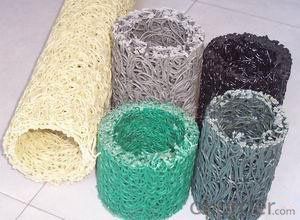
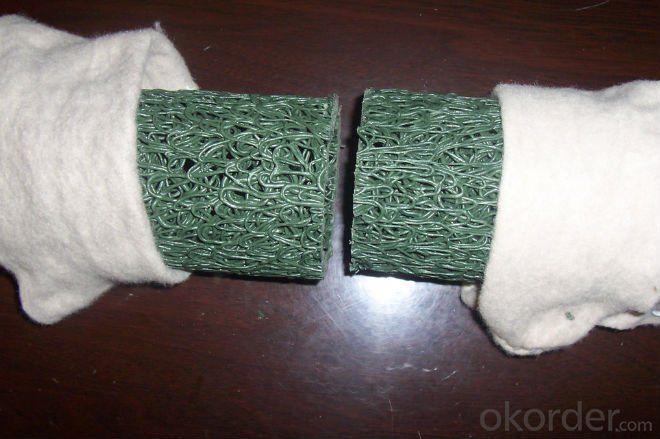
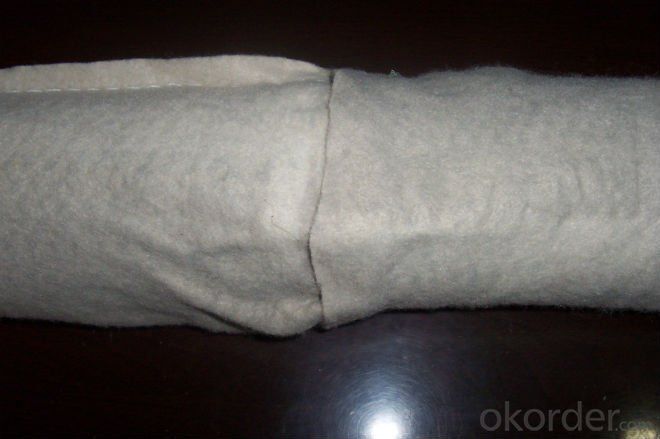
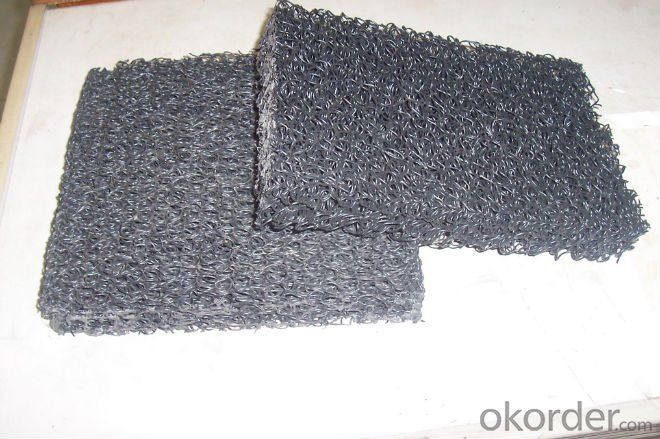
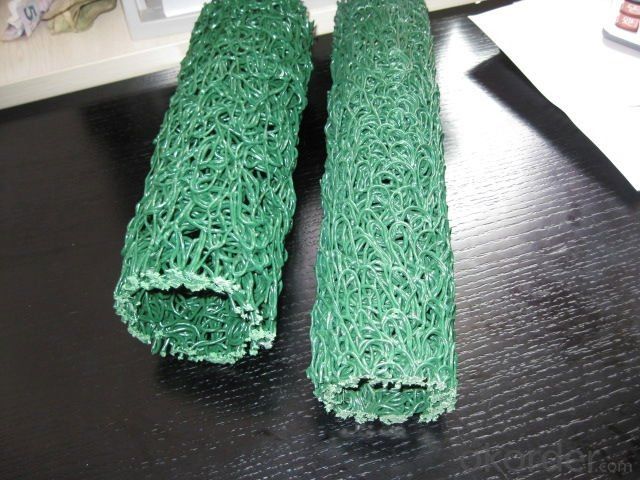
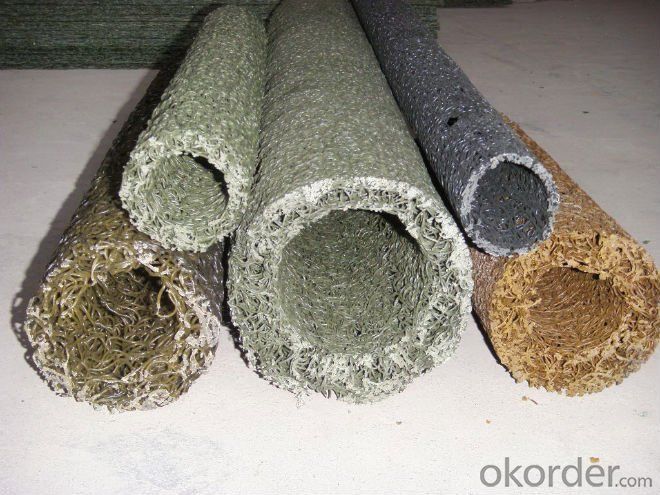
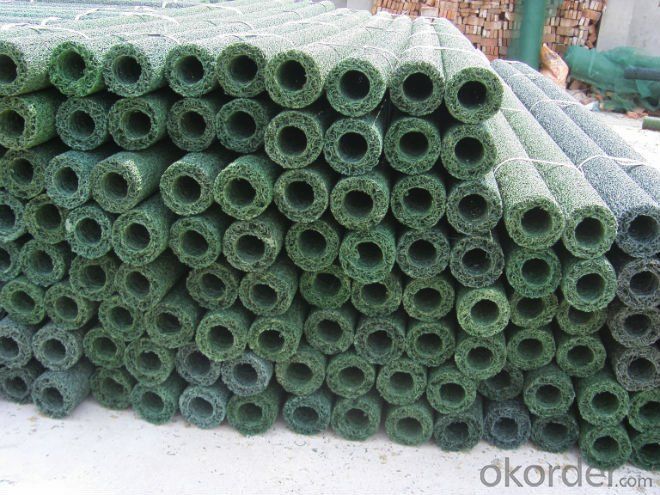
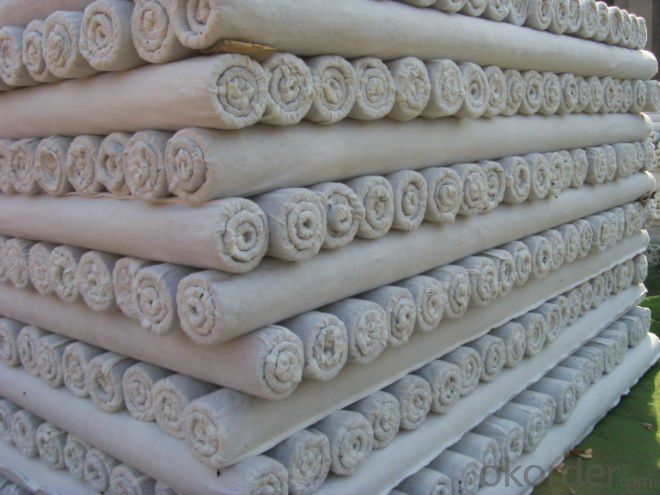
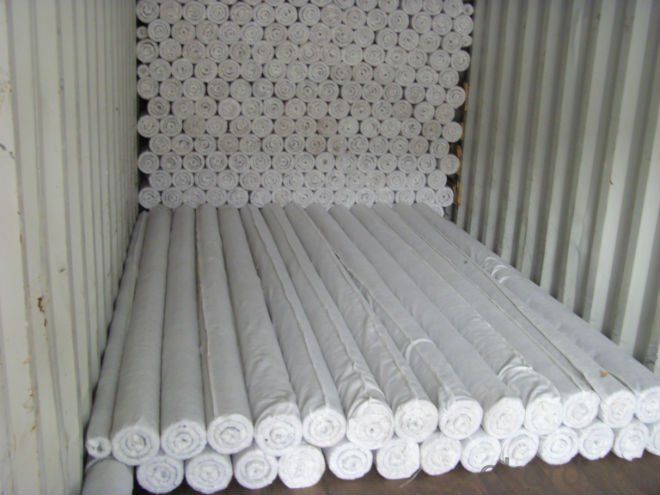
- Q: Are geogrids resistant to chemical leaching?
- Yes, geogrids are typically resistant to chemical leaching. This is because they are commonly made from materials such as polyethylene or polyester, which have high chemical resistance properties.
- Q: What are the different installation techniques for geogrids?
- There are several different installation techniques for geogrids, including direct placement, overlay, and interlocking. Direct placement involves laying the geogrid directly on the prepared subgrade and then covering it with the desired fill material. Overlay technique involves placing the geogrid on top of an existing surface, such as an old asphalt pavement, and then adding a new layer of fill material. Interlocking technique involves connecting multiple geogrid panels together to form a continuous reinforcement layer before covering it with fill material. These installation techniques can vary depending on the specific project requirements and the type of geogrid being used.
- Q: Can geogrids be used for reinforcement in embankments and dams?
- Yes, geogrids can be used for reinforcement in embankments and dams. Geogrids are high-strength synthetic materials that are designed to enhance soil stability and prevent erosion. They are commonly used in civil engineering projects, including embankments and dams, to improve the overall strength and stability of the structures. By providing additional tensile strength to the soil, geogrids help to distribute loads more evenly, reduce settlement, and prevent soil movement.
- Q: Can geogrids be used in floating road construction?
- Yes, geogrids can be used in floating road construction. Geogrids are commonly employed in road construction projects to improve the stability and load-bearing capacity of the road structure. When used in floating road construction, geogrids help to distribute and reinforce the load, reducing the pressure on the underlying soil or subgrade. This ensures better performance and longevity of the road, even in challenging or soft soil conditions.
- Q: How do geogrids improve the load-bearing capacity of soils?
- Geogrids improve the load-bearing capacity of soils by providing reinforcement and stabilizing the soil matrix. When geogrids are installed within a soil mass, they create a strong interlocking system, distributing the applied loads more evenly and reducing the potential for soil movement or settlement. This reinforcement effectively increases the soil's shear strength and overall stability, enabling it to withstand higher loads and improve its load-bearing capacity.
- Q: Can geogrids be used in reinforcement of pavement overlays?
- Yes, geogrids can be used in the reinforcement of pavement overlays. Geogrids are commonly used as a reinforcement material in pavement construction to enhance the strength and durability of the pavement structure. They are placed between layers of pavement materials to distribute loads and reduce cracking, rutting, and other forms of pavement distress. Geogrids help to improve the overall performance and lifespan of pavement overlays.
- Q: How do geogrids help in reducing the environmental impact of construction?
- Geogrids help in reducing the environmental impact of construction by providing stabilization and reinforcement to the soil, leading to a reduction in the amount of excavation and land disturbance required. This helps to minimize the need for additional resources and materials, as well as the overall carbon footprint of the construction project. Additionally, geogrids can enhance the longevity of structures, reducing the need for frequent repairs or replacements, further minimizing the environmental impact.
- Q: What are the specifications of the road geogrid
- Reference to the national standard, but the specifications are not necessarily the same as the national standard.
- Q: Can geogrids be used in coastal protection structures?
- Yes, geogrids can be used in coastal protection structures. Geogrids are commonly used in coastal erosion control measures, such as revetments and seawalls, to reinforce the soil and provide stability. They help improve the overall strength and resistance of the structure to wave forces and erosion, making them an effective solution for coastal protection.
- Q: How do geogrids improve the performance of reinforced soil slopes?
- Geogrids improve the performance of reinforced soil slopes by providing tensile strength and stability to the soil. They prevent lateral spreading and soil erosion, distributing the applied loads and reducing the risk of slope failure. Additionally, geogrids increase the overall bearing capacity and durability of the reinforced soil slopes.
Send your message to us
Geogrids Fort Mcmurray Plastic Blind Drainage Pipe for Drainage
- Loading Port:
- Qingdao
- Payment Terms:
- TT OR LC
- Min Order Qty:
- 1000 m
- Supply Capability:
- 150000 m/month
OKorder Service Pledge
OKorder Financial Service
Similar products
Hot products
Hot Searches
Related keywords
